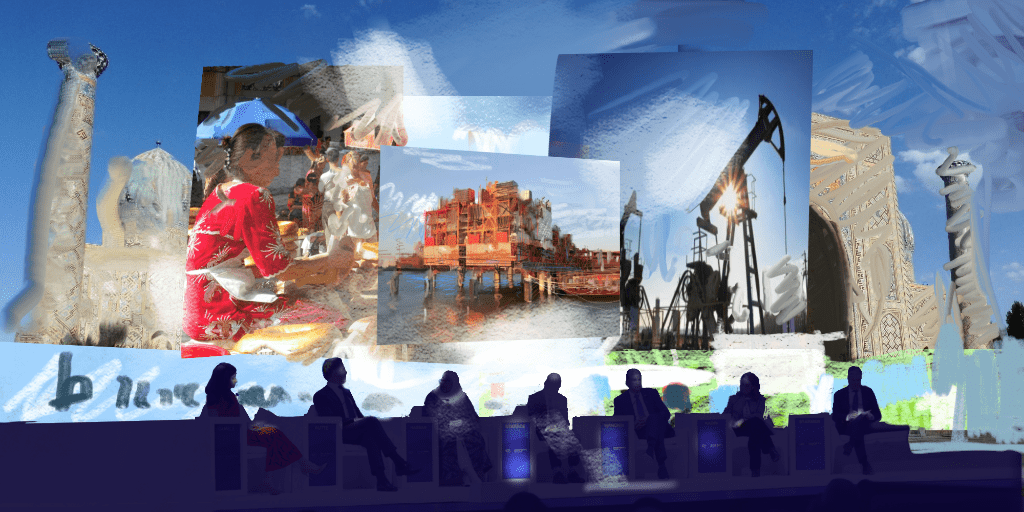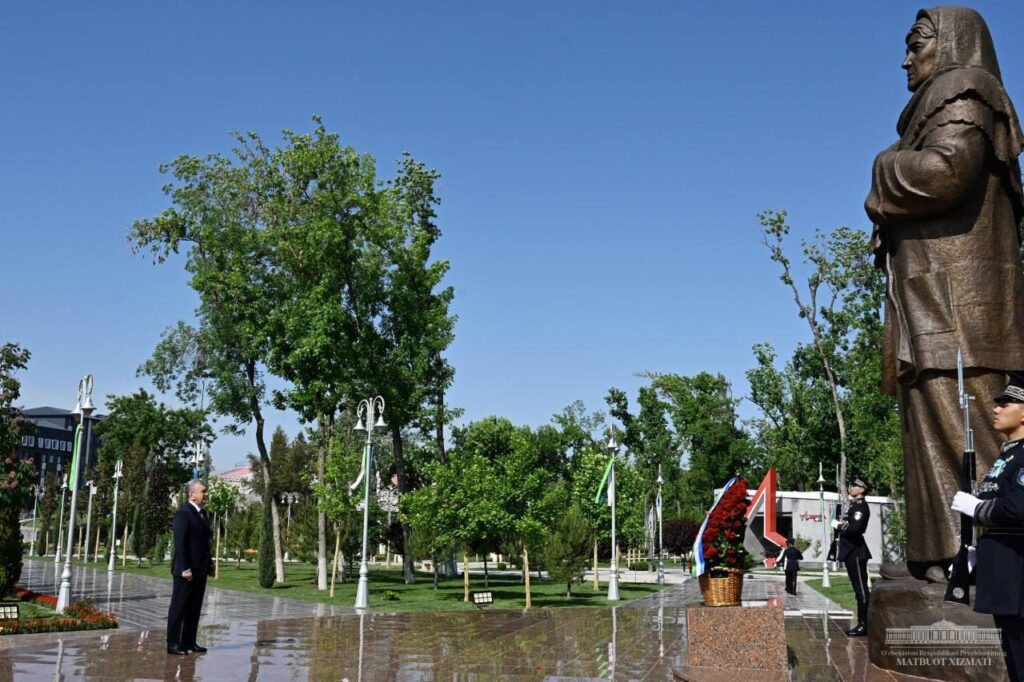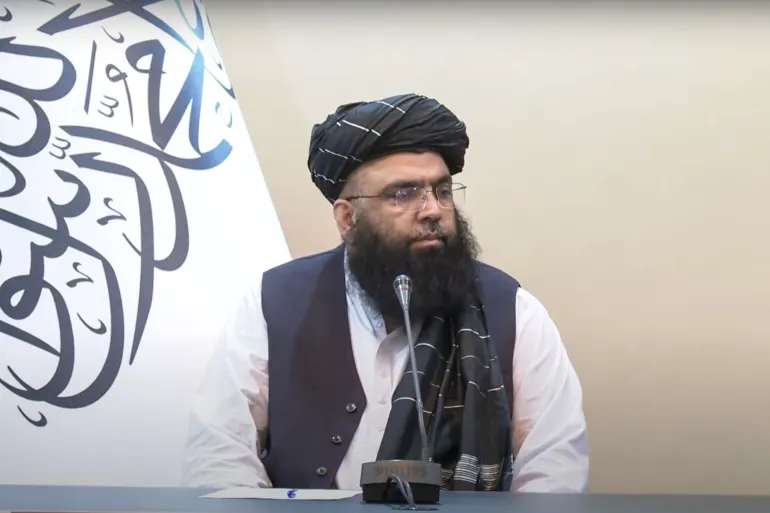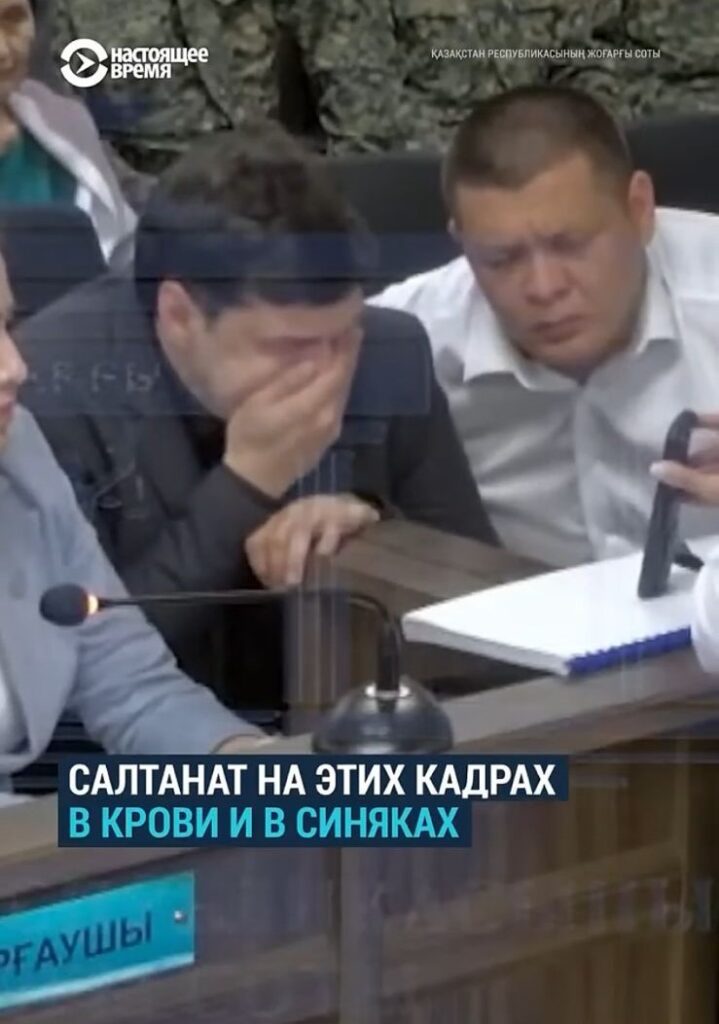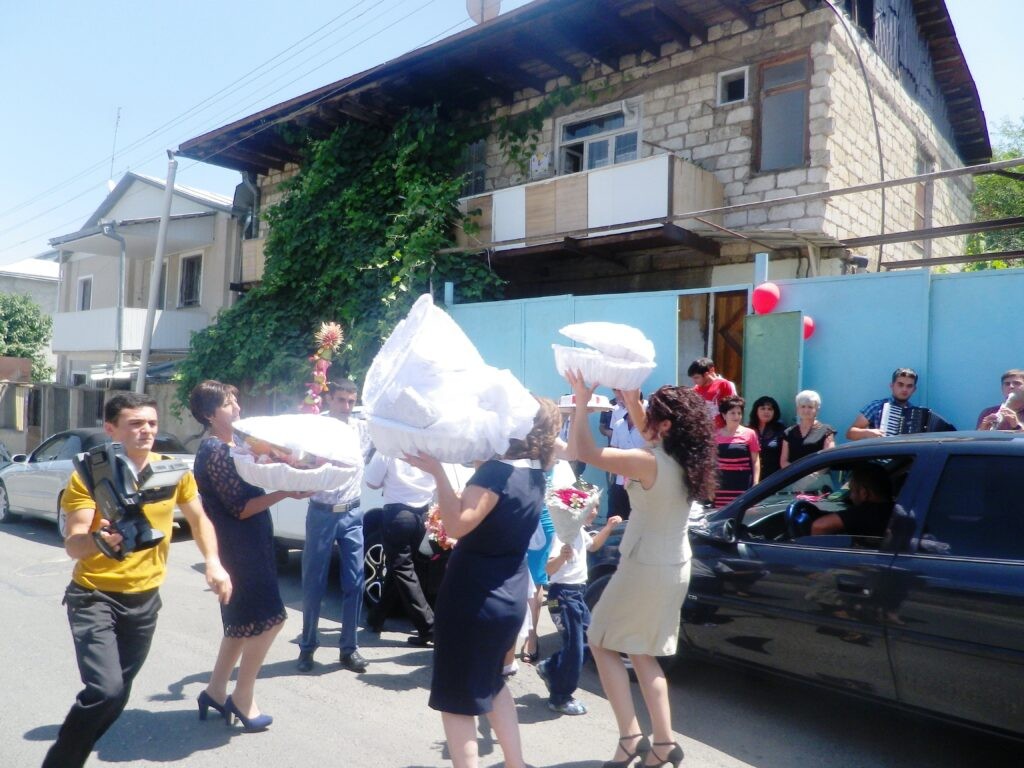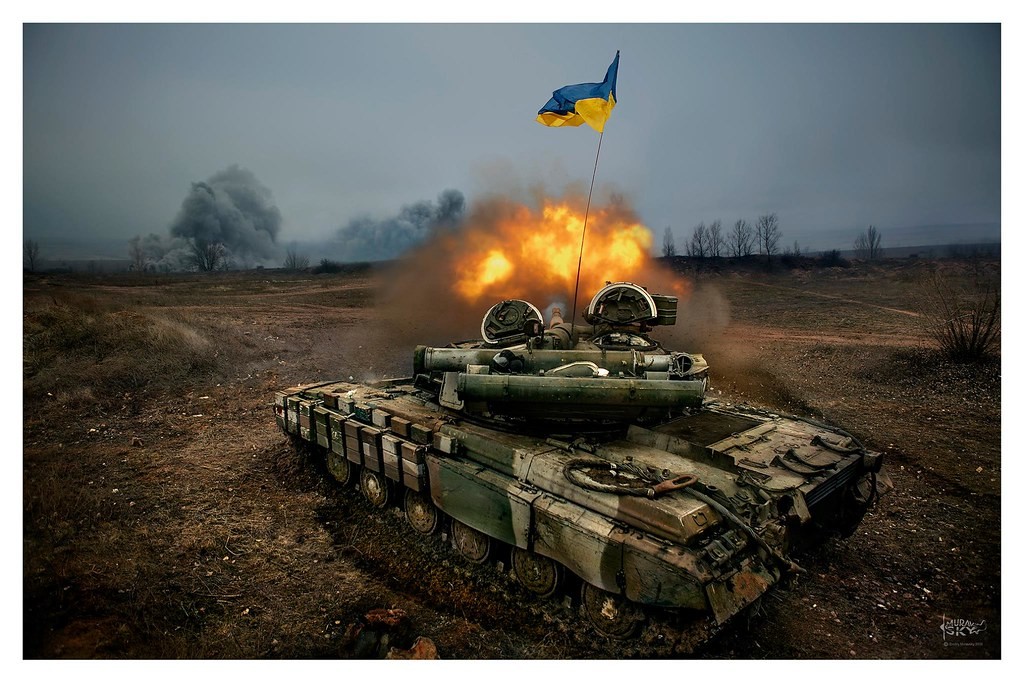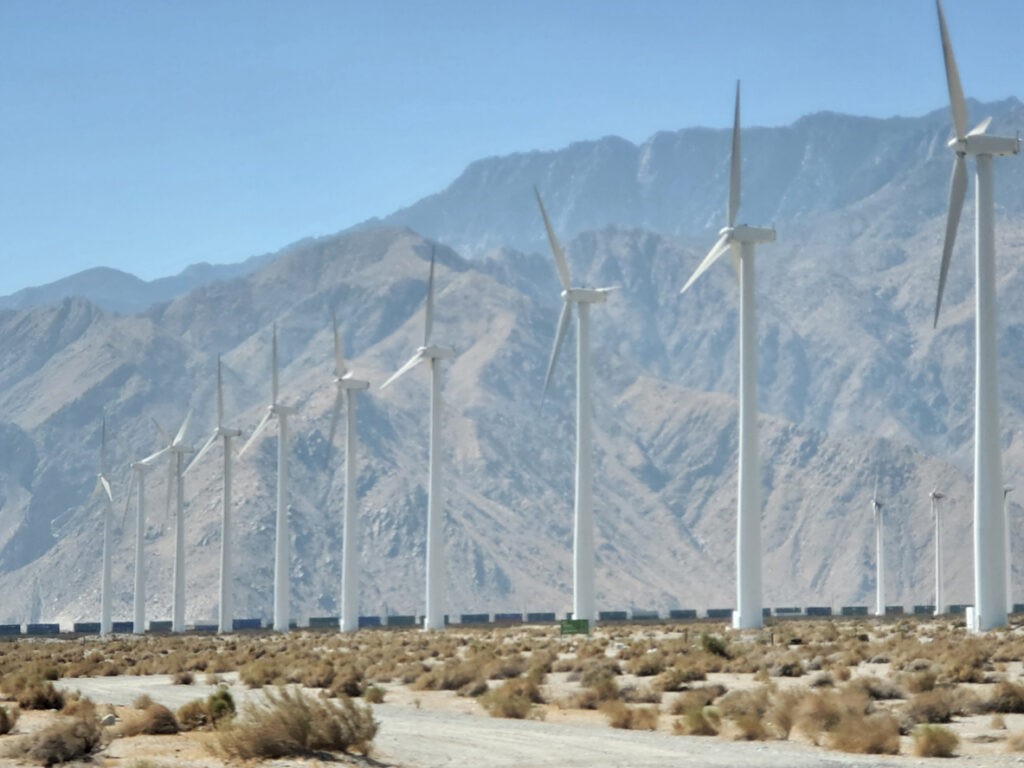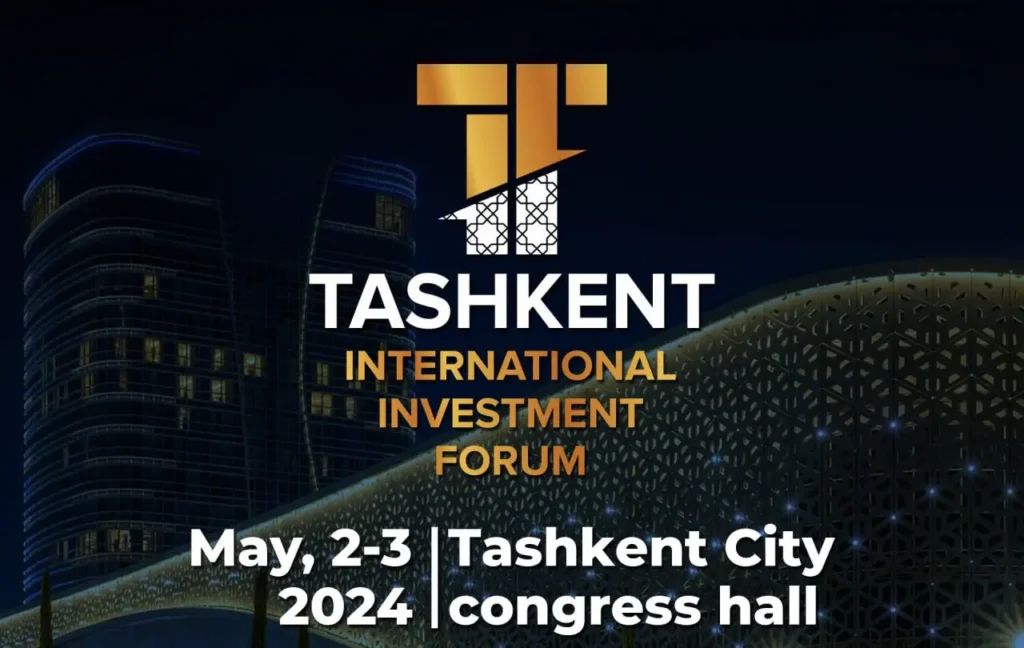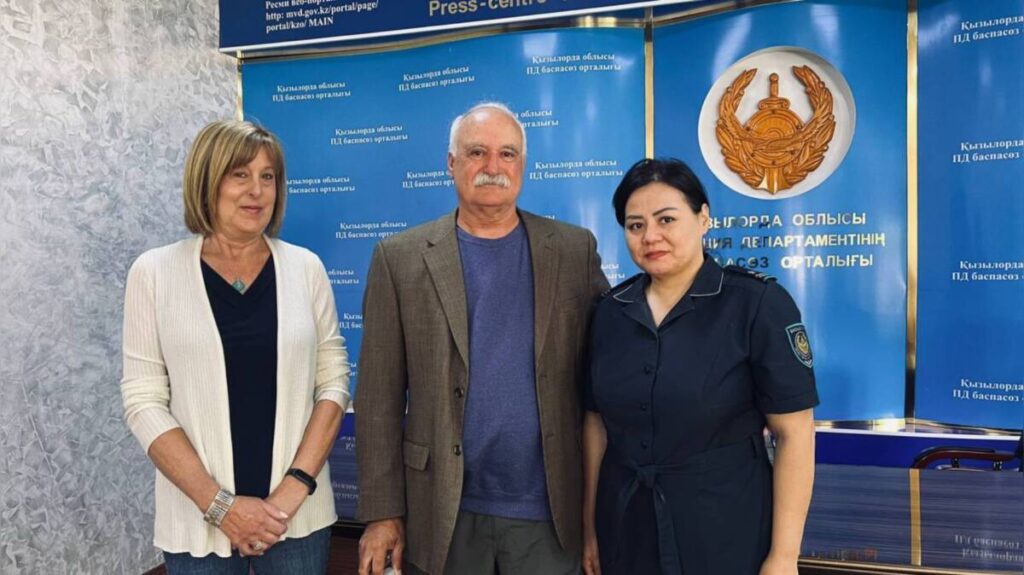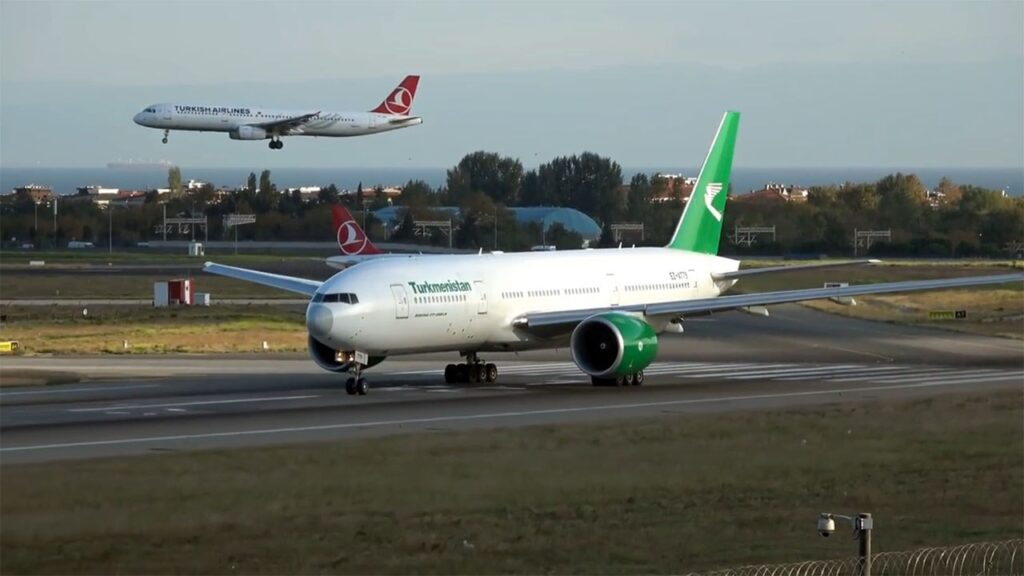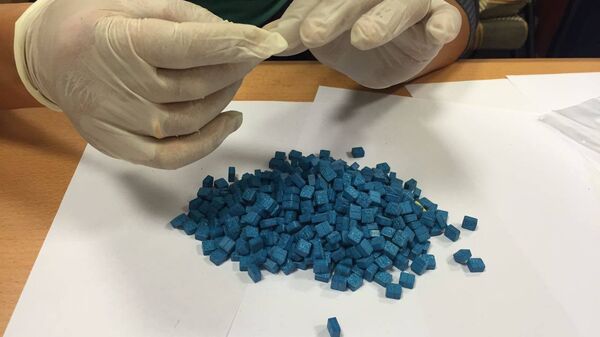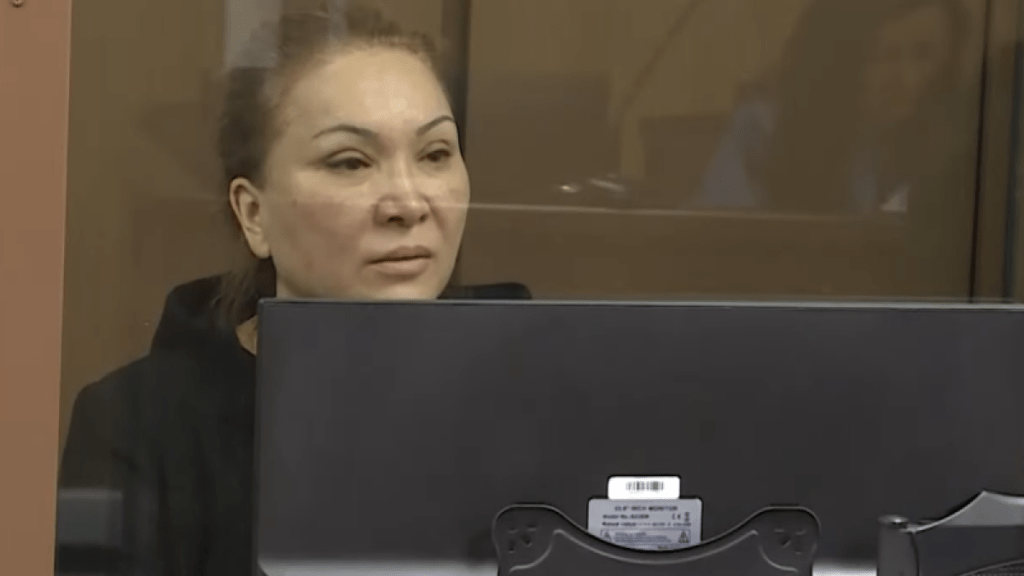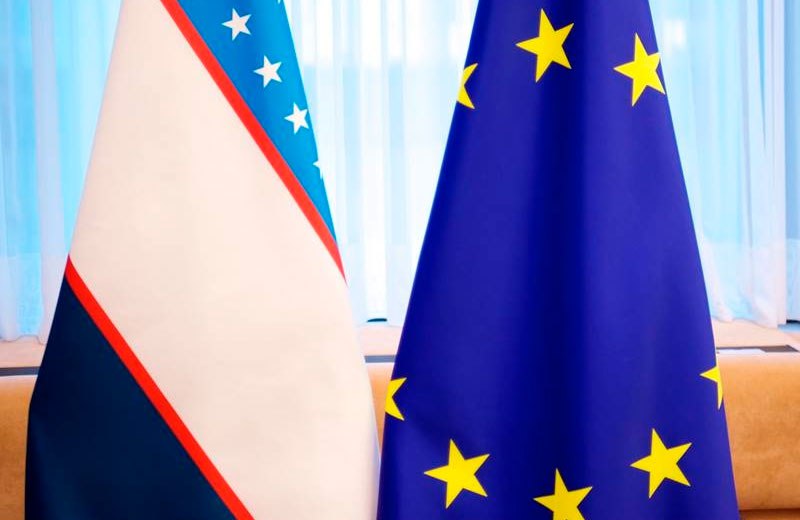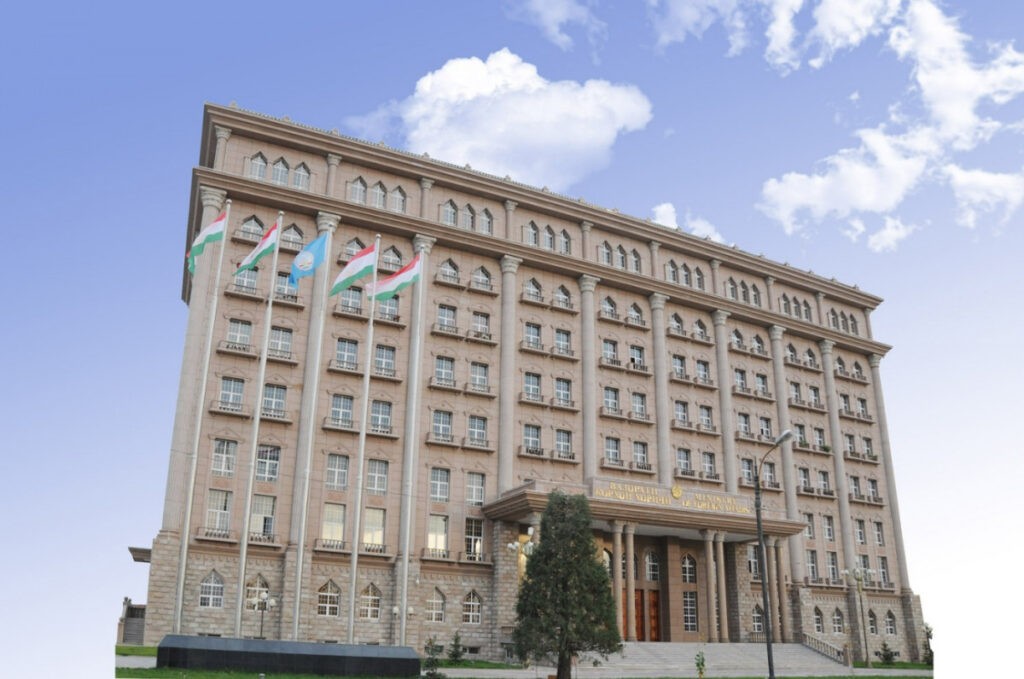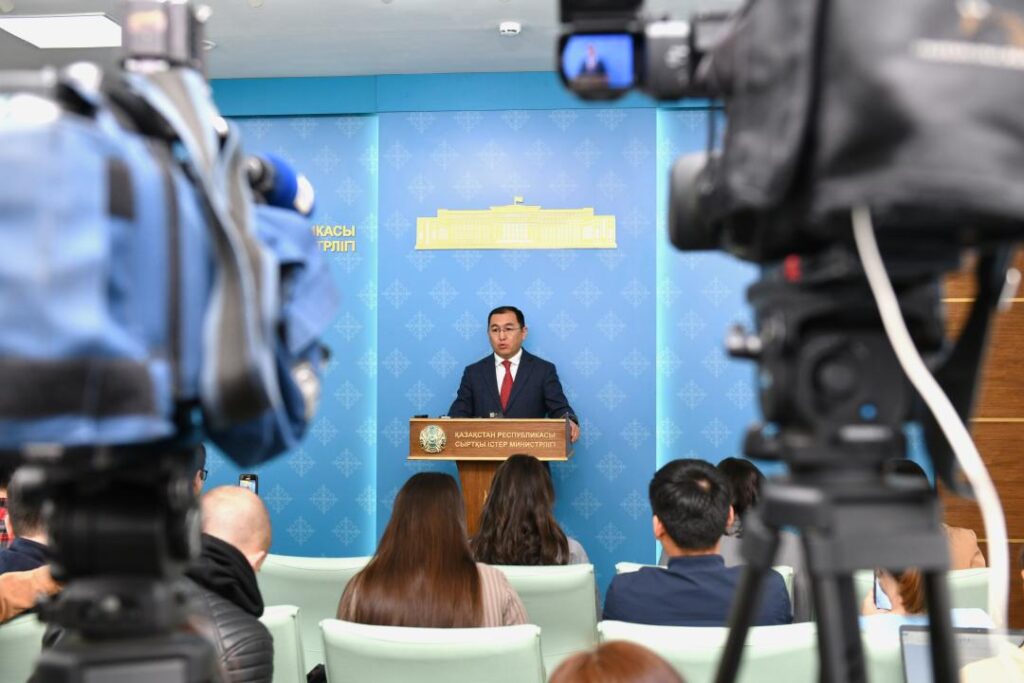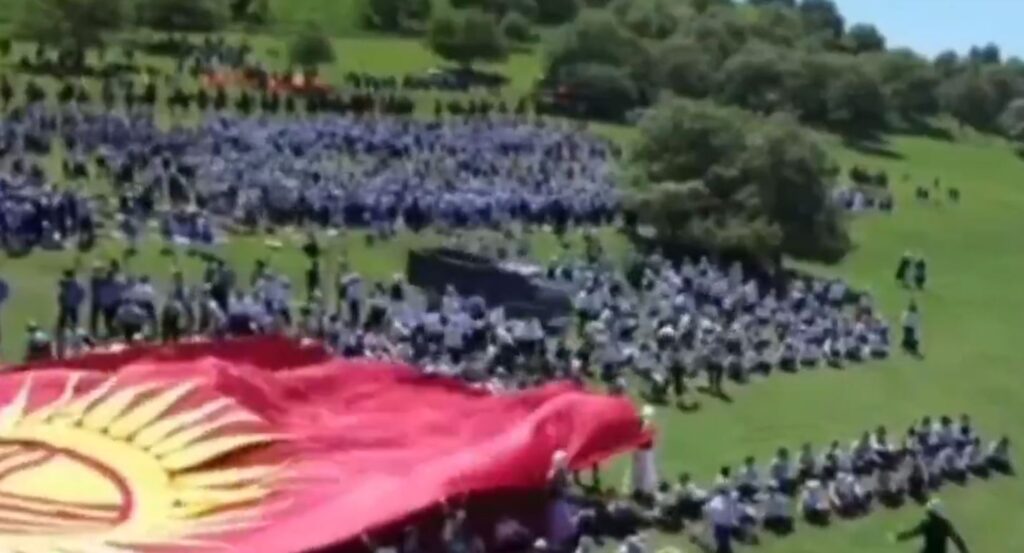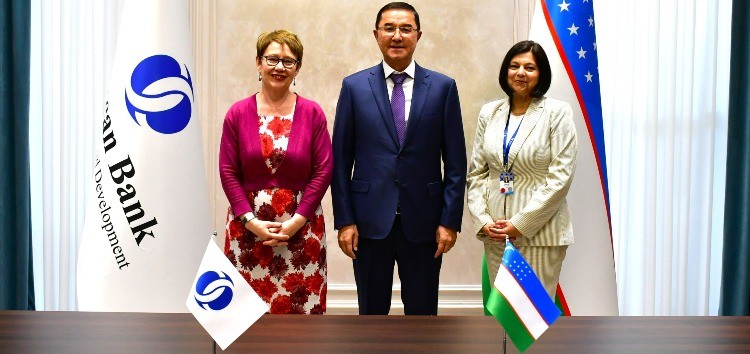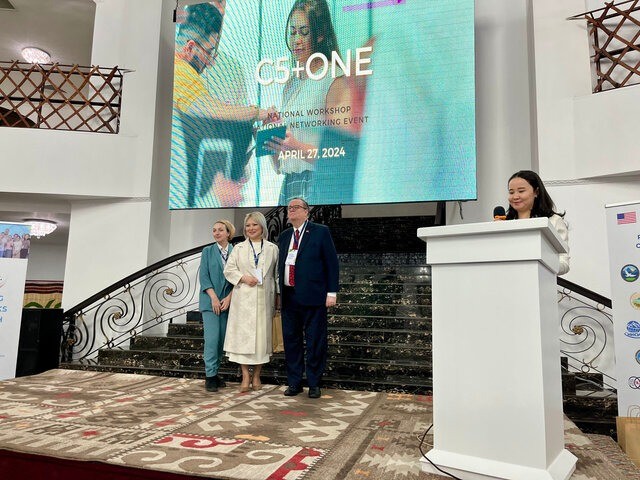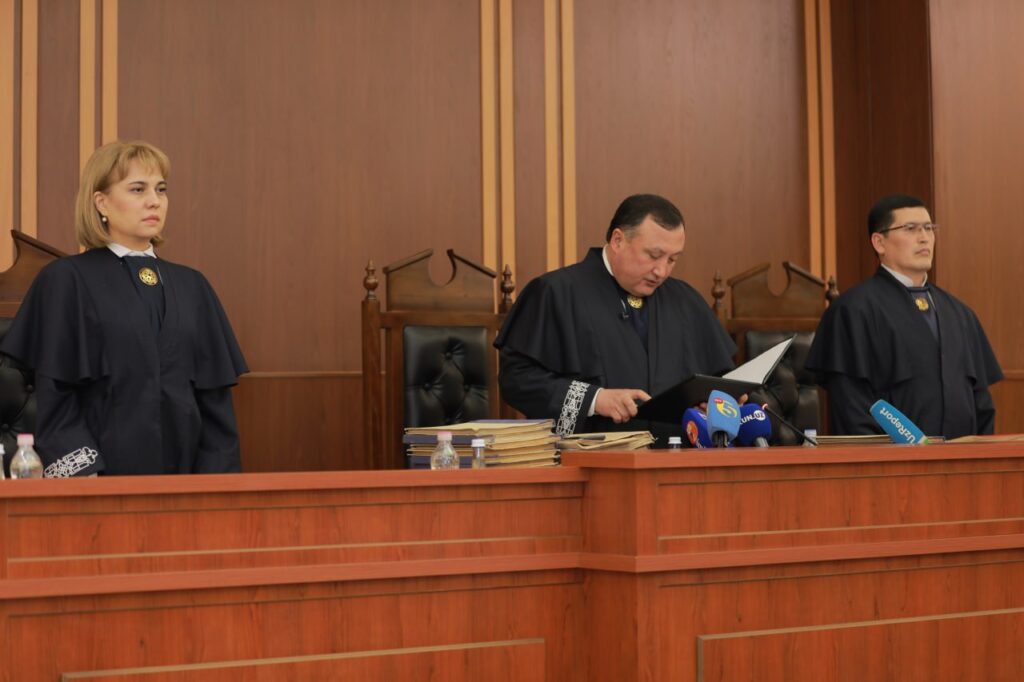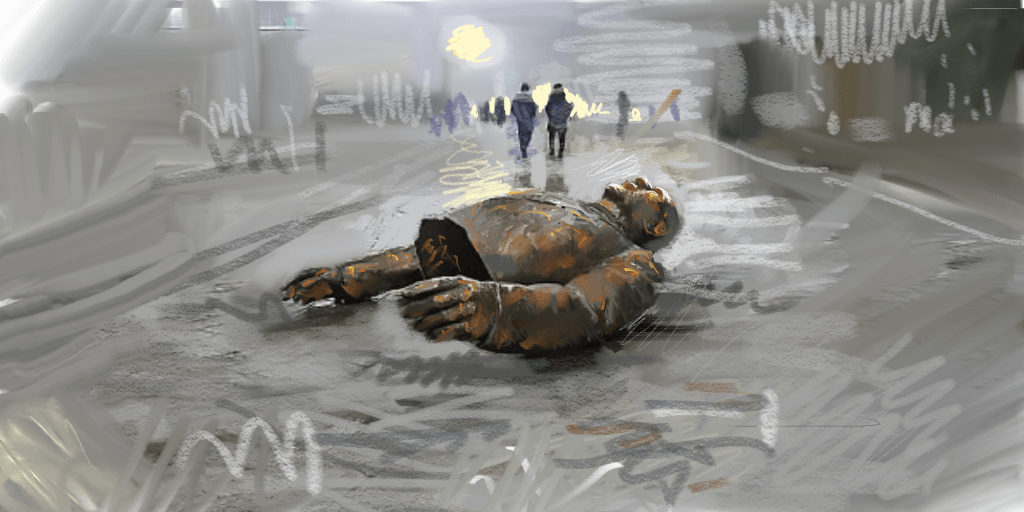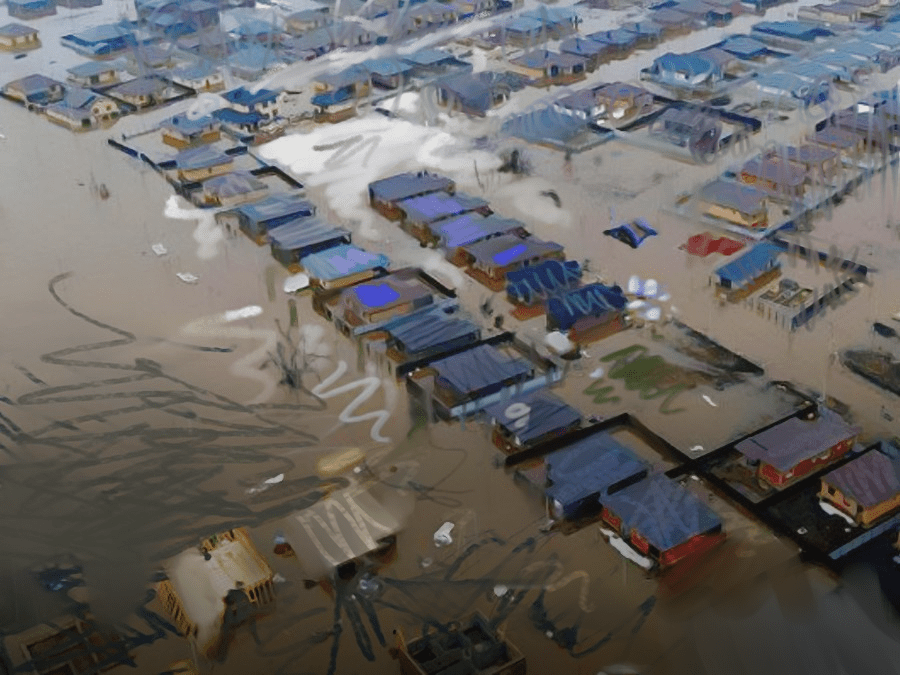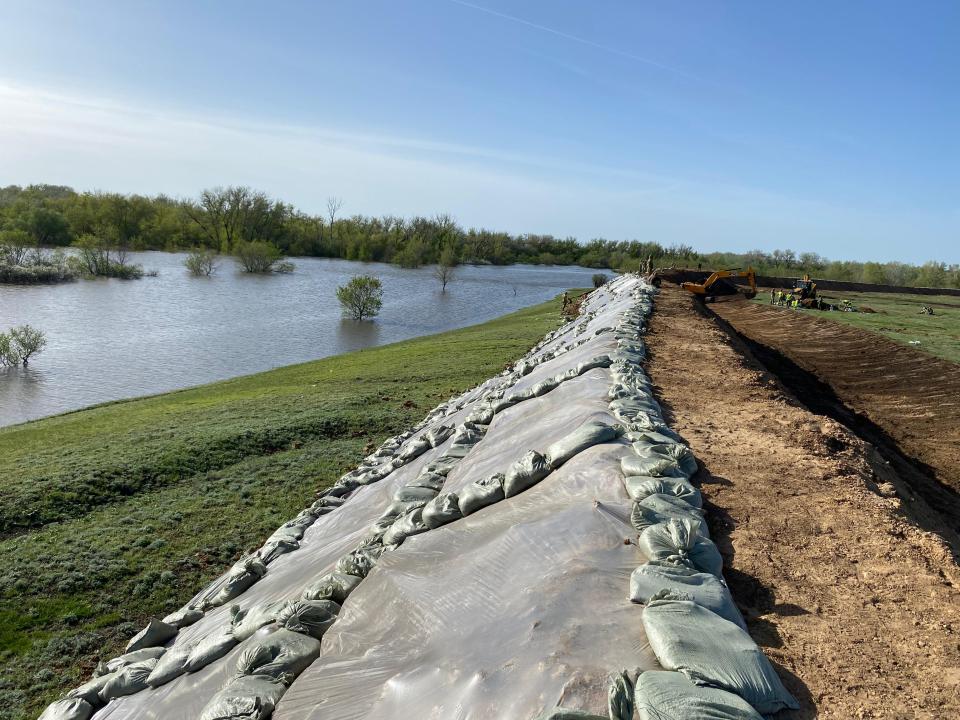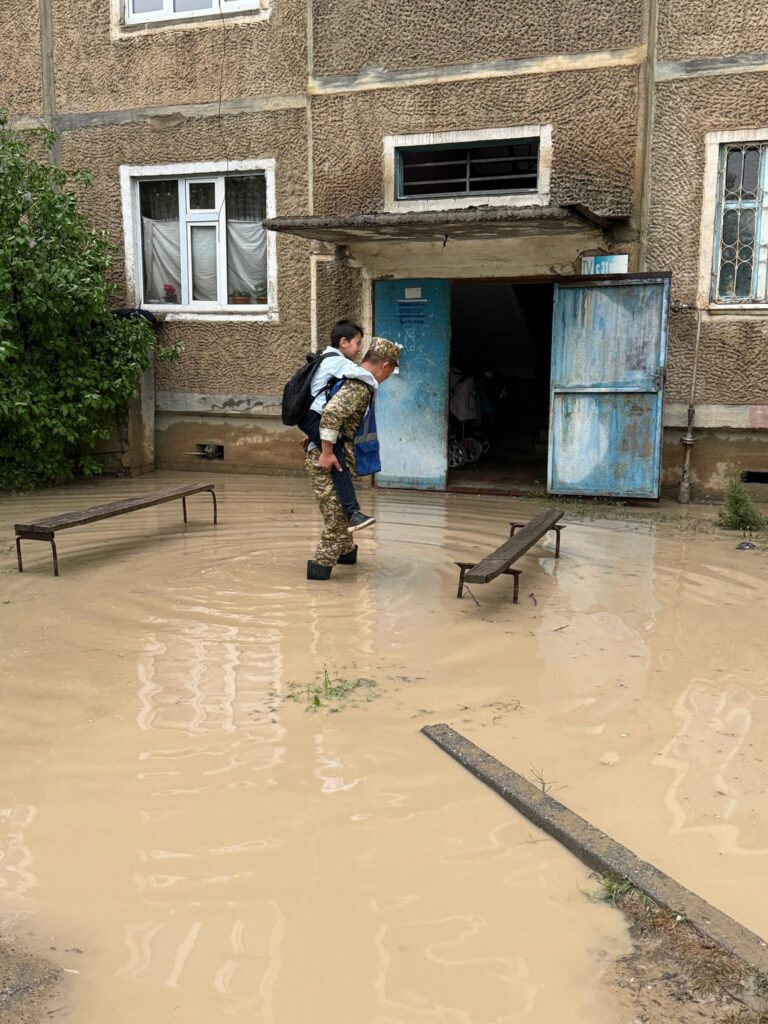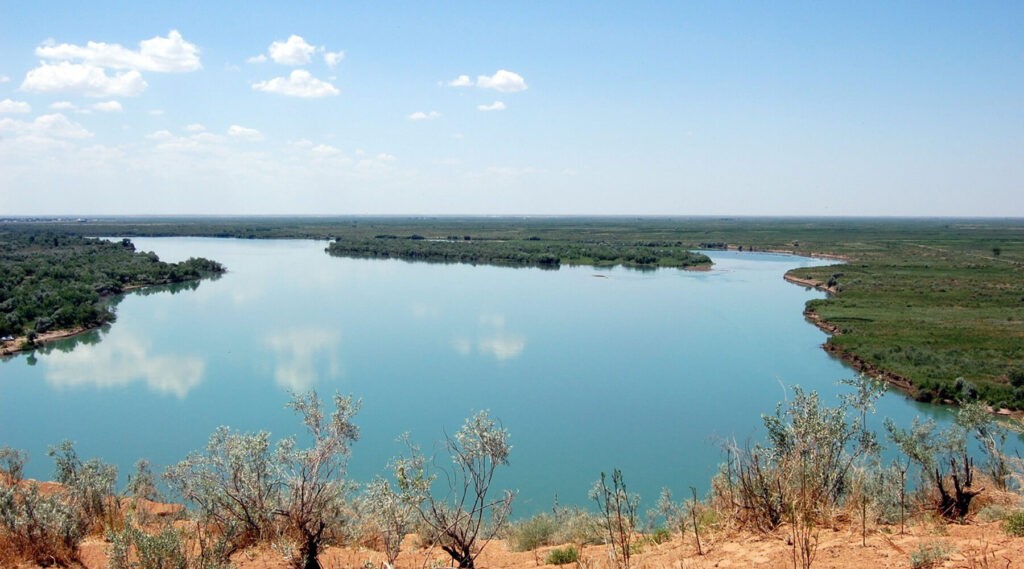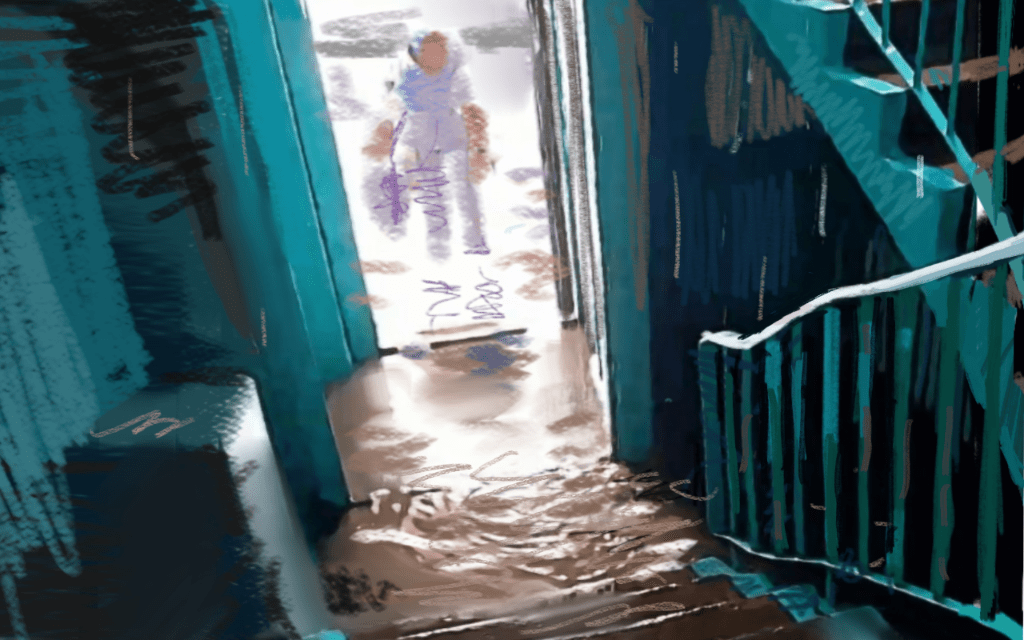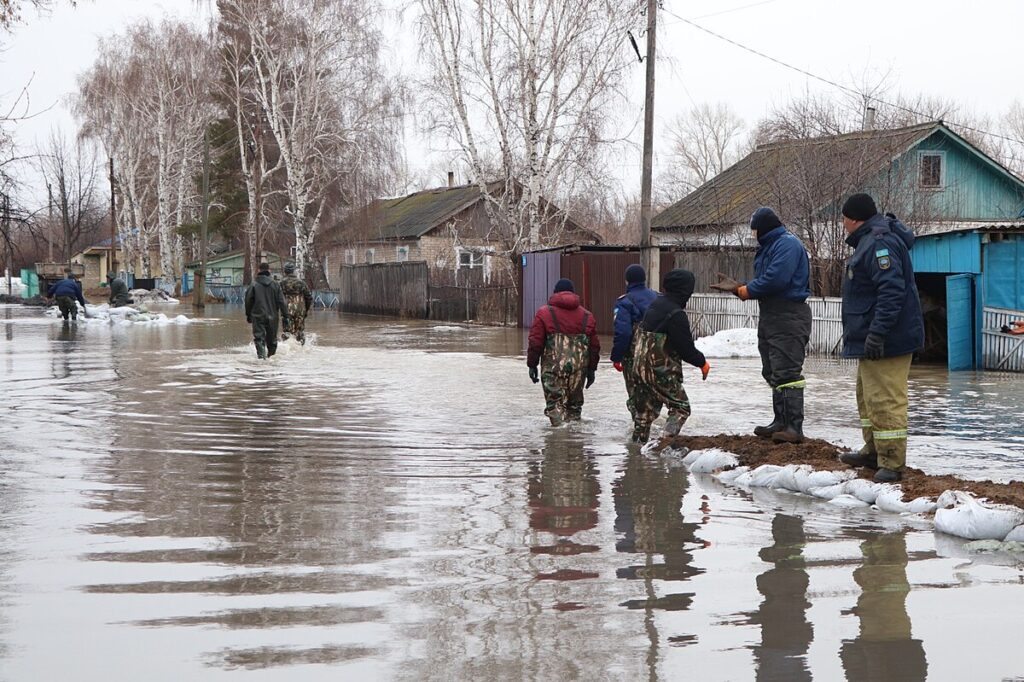Central Asian Leaders Gather in Moscow for Economic Meeting, WWII Anniversary
At the invitation of Russian President Vladimir Putin, Central Asian leaders are arriving in Moscow ahead of celebrations on Thursday of the victory over Nazi Germany in World War II. President Shavkat Mirziyoyev of Uzbekistan arrived in the Russian capital “on a working visit” and will participate in commemorations of...
Central Asian Countries Allocate Various Sums to WWII Veterans
According to the news publication Centralasia.media, countries in the region will be awarding funds to veterans, survivors, and those affected by World War II in honor of Victory Day (May 9). The payments will range from $10 to $6,825. The government of Turkmenistan allocated the smallest amount for gifts to...
Why Kazakhstan’s Deepening Ties With Afghanistan Are Significant
At the end of April a Kazakh delegation made an official visit to Kabul, where a meeting of the Kazakh-Afghan Business Forum and an exhibition of Kazakh products were held. This was the third bilateral event aimed at expanding trade and economic ties between Kazakhstan and Afghanistan. The visit to...
Kazakh Embassy Counselor in UAE Recalled After Domestic Violence Allegations
The Ministry of Foreign Affairs of Kazakhstan has recalled an Embassy Counselor from the United Arab Emirates (UAE), Saken Mamash, after the publication of a video message by his wife, Karina Mamash, who alleged ongoing domestic violence, according to a report in Kursiv.kz. "We urgently recalled this employee to Kazakhstan....
Bishimbayev Trial: Will the “Show” Shift Reality?
The trial of Kuandyk Bishimbayev, accused of murdering his common-law wife, Saltanat Nukenova, is coming to an end with the verdict now in the hands of the jury. The trial has resonated widely in Kazakhstani society, but according to Gulmira Ileuova, a sociologist and head of the public foundation, Strategy:...
Kazakhstan to Host Armenia-Azerbaijan Talks on May 10
The foreign ministers of Armenia and Azerbaijan will hold talks in Almaty on May 10 as they seek to end their long-running conflict, Kazakhstan said on Monday. The negotiations will happen in line with “previously reached agreements,” said Aibek Smadiyarov, spokesman for Kazakhstan’s Ministry of Foreign Affairs. Jeyhun Bayramov, Azerbaijan’s...
Kazakhstan offers to host platform for Russia-Ukraine negotiations
Kazakhstan is prepared to host negotiations to settle the war in Ukraine, according to comments made by Kazakhstan's ambassador to Russia, Dauren Abayev, in an interview with the Russian state news outlet TASS. "Certainly, Kazakhstan is always ready to help on all processes that concern the world. This is not...
Celebrating Russian Orthodox Easter in Central Asia: A Fusion of Traditions and Cultures
Russian Orthodox Easter, known as Pascha, is one of the most significant and joyously celebrated holidays among Russian communities worldwide, including those residing in the diverse tapestry of Central Asia. This celebration, deeply rooted in religious traditions, brings a unique blend of spiritual solemnity and communal festivities that stand out...
Central Asia as an Emerging Economic Region
20 hours ago
Kumtor Gold Boosts Kyrgyzstan Economy
1 day ago
Campaign to Save Bishkek’s Trolleybuses
1 day ago
Kazakhstan Forwards Water-Saving Technology
2 days ago
Turkmenistan’s Gas and Türkiye’s Plans to Become a Gas Hub
By Robert M. Cutler A series of ongoing political consultations between Turkmenistan and Türkiye continued on 25–26 April, as a Turkmen delegation led by Deputy Minister of Foreign Affairs Ahmet Gurbanov visited Ankara, hosted by Turkish counterpart Burak Akçapar. Beyond the regular bilateral agenda of political-diplomatic, trade-economic and cultural-humanitarian...
Without Security, There Can Be No Development in Afghanistan
Indian author Arundhati Roy once said, “Either way, change will come. It could be bloody, or it could be beautiful. It depends on us.” Almost three years after Taliban’s resurgence to power in Afghanistan, there are practically no developments to highlight in its relations with the outside world. The situation...
Growth of Non-Custodial Sentences in the Kyrgyz Republic Since 2020
The Kyrgyz Republic has reported a decrease of its prison population, which speaks to the ongoing humanization of its criminal justice system. In 2023, the prison population amounted to just 7,728 persons, a 20% decrease compared to 2020 (9,658 prisoners). Despite a 22% increase in the number of convictions, from...
Uzbekistan Seeks to Expand Trade Horizons with Europe
- Opinion by Robert Cutler Uzbekistan's economic landscape has been evolving, with announcements of major reforms and international cooperation aimed at economic modernization and increasing its profile in global markets. Its partnership with the European Union (EU) has focused on critical raw materials. At the same time, Tashkent plans...
The Taliban and its Neighbors: An Outsider’s Perspective
This is part two of a piece of which part one was published here. The topic of a regional approach to solving Afghanistan's problems is increasingly being discussed in various expert and diplomatic circles. The International Crisis Group (ICG), a reputable think tank whose opinion is extremely interesting as part...
Uzbekistan: From Silk Roads to New Horizons
Cradled by the embrace of the Syr Darya and Amu Darya Rivers, Uzbekistan boasts a rich tapestry woven from the threads of history. Being home to trade hubs like Samarkand and Bukhara, this land has been at the center of cultural exchange for over a millennia. From the Turkic-Mongol tribes...
The New Silk Road
In light of the current geopolitical situation in the world, many countries are puzzled by the search for new alternative transport routes. One of these is the Trans-Caspian International Transport Route (TITR), which runs through China, Kazakhstan, the Caspian Sea, Azerbaijan, Georgia, and further to Turkey and European countries. New...
Taliban and its Neighbors: A Regional Format for Overcoming Challenges in Afghanistan and Beyond
The process of making Afghanistan an independent economic entity that can work constructively within globally accepted economic standards and formats will require addressing pressing security issues as well as strengthening regional partnerships and cooperation. In the long term, this will not only benefit the people of Afghanistan but also its...
How India is Becoming a Robust Soft Power in Central Asia
The middle-income trap, a pressing issue that has led to the stagnation of many successful developing economies, demands immediate attention. This trap, which occurs when a middle-income country can no longer compete internationally in standardized, labor-intensive goods due to relatively high wages, is a result of various factors, including countries...
The Priority of Maintaining a United and Stable Afghanistan
The issue of inter-ethnic relations in Afghanistan affects not only the country itself but also its surrounding region. Recent history has placed a heightened importance on the “nation” question in Afghanistan in terms of the country’s political and social stability. Since regaining power in 2021, the de facto Taliban authorities...
The Middle Corridor: How Kazakhstan is Carving its Niche in Europe-Asia Transport
In the aftermath of the pandemic and amid rising geopolitical tensions and sanctions – leading to the breakdown of traditional shipping and logistics chains – the need to develop new, alternative routes for trade has gained particular importance. One such route is the Middle Corridor, or Trans-Caspian International Transport Route,...
One Step Forward, Two Steps Back: the EU’s Indecisive Strategy Towards Eurasia
Times of Central Asia Editorial Marking the next chapter in the geopolitical re-balancing competition between Russia and the West, the European Parliament (EP) on 13 March passed a resolution on deepening ties between the EU and Armenia. The document puts forth the possibility of granting Armenia candidate status for EU...
Why Kazakhstan’s Deepening Ties With Afghanistan Are Significant
At the end of April a Kazakh delegation made an official visit to Kabul, where a meeting of the Kazakh-Afghan Business Forum and an exhibition of Kazakh products were held. This was the third bilateral event aimed at expanding trade and economic ties between Kazakhstan and Afghanistan. The visit to...
New UN Program to Help Kyrgyz Apiaries Develop Export of Honey
The United Nations Development Program (UNDP) in Kyrgyzstan, in cooperation with the Training and Advisory Services Center (TES-Center) Foundation, is launching an initiative to strengthen the value chain of natural honey for export, according to a report on the official UNDP website. The project will be funded by the Government...
Saudi and Emirati Companies to Build Two Wind Farms in Uzbekistan
Saudi and Emirati companies are to invest $7 billion in the construction of two windfarms in the Kungrad district of Uzbekistan's autonomous Karakalpakstan republic. The announcement followed the signing of two contracts during the third Tashkent Investment Forum. The commission of the facilities will save almost 7 billion cubic meters...
Joint Portfolio of Uzbekistan and Saudi Arabia Projects Exceeds $30 Billion
On May 2, Uzbek President Shavkat Mirziyoyev welcomed representatives of several countries to the Tashkent International Investment Forum. In discussion with the Speaker of the Parliament of Singapore, Sia Kian Peng, the two sides focused on cooperation in personnel training, investment, tourism and public safety, and emphasized the importance of...
Kazakh Billionaire Lomtadze Buys Majority Stake in English Soccer Club
Kazakhstani billionaire Mikhail Lomtadze, co-founder of fintech and banking giant Kaspi.kz, has acquired a controlling stake in the English soccer club Wycombe Wanderers. Following approval by the English Football League (EFL), he joins Eduard Vyshnyakov and Dan Rice as new members of Wanderers' board of directors. The club plays in...
Turkmenistan’s Public Sector Employees Pay Up to Care for Mulberry Silkworms, Cotton Fields
To cover the costs of silkworm care and the weeding of cotton, money is being collected from employees of state institutions in the Mary region, according to a report by Radio Azatlyk. According to a verbal order issued by the authorities, 100 manat is being collected from each government employee...
Turkmenistan Ousts Uzbekistan from Tajikistan’s Market for Greenhouse Tomatoes
Turkmenistan has completely overtaken Uzbekistan in the market for greenhouse tomatoes in Tajikistan, according to a report by the EastFruit agricultural news portal. Analysis revealed that Turkmen tomatoes are winning due to competitive pricing and also, their attractive appearance and modern packaging. Despite problems related to the cultivation of tomatoes...
Kyrgyzstan, Uzbekistan to Unite Their National Card Payment Systems
Kyrgyzstan's national payment system, Elkart, and Uzbekistan's Humo payments platform intend to launch a project on mutually acquiring, or guaranteeing payment security and authorizations according to Kyrgyzstan's Interbank Processing Center (IPC). The agreement was reached at a meeting in Tashkent. "We are going to develop payment systems and create an...
Central Asian Countries Allocate Various Sums to WWII Veterans
According to the news publication Centralasia.media, countries in the region will be awarding funds to veterans, survivors, and those affected by World War II in honor of Victory Day (May 9). The payments will range from $10 to $6,825. The government of Turkmenistan allocated the smallest amount for gifts to...
American Travels to Kazakhstan to Seek Information on Father’s Fate in 1940s
Since 2022, U.S. citizen Jeff Scheingold has been looking for any information about his close relatives who fled to Kazakhstan to escape the Nazis. Kazakhstani police officers helped him find out about the fate of his father, mother and brother. Scheingold asked the Kyzylorda Region Police Department to find information...
Bishimbayev Trial: Will the “Show” Shift Reality?
The trial of Kuandyk Bishimbayev, accused of murdering his common-law wife, Saltanat Nukenova, is coming to an end with the verdict now in the hands of the jury. The trial has resonated widely in Kazakhstani society, but according to Gulmira Ileuova, a sociologist and head of the public foundation, Strategy:...
Citizens of Turkmenistan Being Prevented From Flying Abroad
Cases of citizens of Turkmenistan flying abroad being prevented from boarding the plane just before departure are becoming more frequent. This is according to a report by Azatlyk Radiosy, Radio Free Europe/Radio Liberty's affiliate in Turkmenistan. Those who managed to leave say that they were interviewed by officials at the...
Kazakhstan Proposes Life Imprisonment for Drug Traffickers
Kazakhstan plans to toughen punishment for drug traffickers by introducing the possibility of life imprisonment for convicted dealers. Legislative amendments have already been presented in the Majilis (lower house of parliament). Kazakhstan has become the center of synthetic drug production in Central Asia, member of parliament Dmitry Koloda said. Drug...
Turkmenistan’s Public Sector Employees Pay Up to Care for Mulberry Silkworms, Cotton Fields
To cover the costs of silkworm care and the weeding of cotton, money is being collected from employees of state institutions in the Mary region, according to a report by Radio Azatlyk. According to a verbal order issued by the authorities, 100 manat is being collected from each government employee...
Uzbekistan’s Schoolchildren to Sit International PISA Tests
In 2025, Uzbekistan, with the support of the World Bank, will participate in the Programme for International Student Assessment (PISA) administered by the Organization for Economic Cooperation and Development (OECD), with pilot testing starting this May. PISA testing assesses the ability of students from more than 80 countries in their...
New Case Against Nazarbayev’s Former Niece-in-Law Brought to Court
The Anti-Corruption Service of Kazakhstan has completed its investigation into the criminal case against Gulmira Satybaldy - the ex-wife of Kairat Satybaldy - nephew of former President of Kazakhstan, Nursultan Nazarbayev. Ms. Satybaldy is accused of illegal imprisonment, extortion on a large scale, and arbitrariness which led to grave consequences....
Central Asian Leaders Gather in Moscow for Economic Meeting, WWII Anniversary
At the invitation of Russian President Vladimir Putin, Central Asian leaders are arriving in Moscow ahead of celebrations on Thursday of the victory over Nazi Germany in World War II. President Shavkat Mirziyoyev of Uzbekistan arrived in the Russian capital “on a working visit” and will participate in commemorations of...
Uzbekistan and the EU Celebrate 30 Years of Mutually Beneficial Cooperation
A festival to celebrate the 30th anniversary of cooperation between Uzbekistan and the European Union (EU) will be held on 18 May at Tashkent's Botanical Garden. Welcoming the event, EU Ambassador to Uzbekistan Charlotte Adrian, stated, "The partnership between the European Union and Uzbekistan remains strong, from the signing of...
Dushanbe Conference to Discuss New Mass Media Law
On May 14, Dushanbe will host a conference entitled "Favorable Media Environment - an Important Factor of Legal Education in Society." The meeting is being organized by the Tajik Parliament and the nonprofit organization, Homa, with the support of the European Union (EU). The purpose of the discussion is to...
Why Kazakhstan’s Deepening Ties With Afghanistan Are Significant
At the end of April a Kazakh delegation made an official visit to Kabul, where a meeting of the Kazakh-Afghan Business Forum and an exhibition of Kazakh products were held. This was the third bilateral event aimed at expanding trade and economic ties between Kazakhstan and Afghanistan. The visit to...
Tajikistan Warns Its Citizens to Be Ready for Additional Checks at Kazakhstan’s Airports
Tajikistan's Foreign Ministry has reminded its citizens in a statement on its website to have all necessary documents with them before leaving for Kazakhstan due to increased security measures at all airports in the neighboring country. "In case of checks when passing border and customs control upon arrival in Kazakhstan,...
Central Asian Entrepreneurs in Russia Shutting Down Hospitality Businesses Due to Xenophobia, Police Inspections
As previously reported by TCA, cafes and restaurants in Russia run by business owners from Central Asia have begun to close en masse. Following the terrorist attack on Crocus City Hall near Moscow on March 22, for which several Tajik nationals have been detained and charged as the perpetrators, preexisting...
Kazakhstan to Host Armenia-Azerbaijan Talks on May 10
The foreign ministers of Armenia and Azerbaijan will hold talks in Almaty on May 10 as they seek to end their long-running conflict, Kazakhstan said on Monday. The negotiations will happen in line with “previously reached agreements,” said Aibek Smadiyarov, spokesman for Kazakhstan’s Ministry of Foreign Affairs. Jeyhun Bayramov, Azerbaijan’s...
Citizens of Kazakhstan Aren’t Being Detained at Borders with Russia, Ministry Claims
The Ministry of Foreign Affairs of Kazakhstan, Aibek Smadiyarov, is reassuring its citizens that they can safely visit Russia, stating that the relationship between the two nations is based on the principles of friendship, alliance, and strategic partnership, and are a model of multifaceted interstate cooperation. "We do not observe...
Uzbek Businesswoman Diora Usmanova Recounts Own History of Marital Violence
Diora Usmanova, the owner of two restaurants and some clothing brands in Uzbekistan, has spoken on her Instagram page about the beatings she suffered from her first husband, Babur Usmanov, who was the nephew of the billionaire Alisher Usmanov. Usmanova herself is related to Ziroatkhon Mirziyoyeva, the wife of Uzbek...
Central Asian Countries Allocate Various Sums to WWII Veterans
According to the news publication Centralasia.media, countries in the region will be awarding funds to veterans, survivors, and those affected by World War II in honor of Victory Day (May 9). The payments will range from $10 to $6,825. The government of Turkmenistan allocated the smallest amount for gifts to...
Time Spent by Tajikistan Citizens Sleeping, Eating and Working
The results of a study on time-budgeting by citizens of Tajikistan, conducted with support from the World Bank, was recently published by the Statistical Agency under the President of Tajikistan,. According to data, the first of its type to be recorded in Tajikistan, the country's residents sleep for an average...
Victory Day Payments for WWII Veterans in Former Soviet Republics
To mark the 79th anniversary of the Second World War Victory, celebrated in former Soviet republics on 9 May, Kazakhstan's 50,100 WWII veterans and contributors each received at least 1.5 million tenge ($3,500). According to Kazakhstan’s Ministry of Labour and Social Protection of the Population, Victory Day awards differed from...
First Kazakh Kindergarten Has Opened in California’s Silicon Valley
The first Kazakh kindergarten in the U.S. has opened in the state of California, and its a project developed and operated by natives of Kazakhstan. The main purpose of the educational center is to work for the preservation of national culture abroad, reports the news site 24.KZ. The idea to...
Kyrgyz Authorities Believe Negligence Caused Truck to Hit Students
Kyrgyzstan’s president has ordered the transfer by plane of ten seriously injured children to Bishkek for medical treatment after a truck hit students who had assembled on a hillside for a storytelling competition, Kyrgyz media reported on Friday. About 30 people were injured in the incident in the Suzak district,...
EBRD Funds Upgrade of Major Highway in Uzbekistan
On 2 May, the European Bank for Reconstruction and Development (EBRD) announced the allocation of a loan of up to $238 million (€224 million) towards the renovation of around 81 km of the 4R156 road, as well as the construction of a bridge across the Amu Darya River in the...
First-Time Graduates of U.S. Program for English and Professional Skills in Central Asia
Last weekend, young and mid-career professionals in the energy and environment sectors, celebrated their completion of the U.S.-funded regional C5 + Opening Networks through English (C5 + O.N.E.) program. Spread throughout Kazakhstan, Kyrgyzstan, Tajikistan, Turkmenistan, and Uzbekistan, they were the first graduates of a nine-month intensive course in English and...
Dushanbe Conference to Discuss New Mass Media Law
On May 14, Dushanbe will host a conference entitled "Favorable Media Environment - an Important Factor of Legal Education in Society." The meeting is being organized by the Tajik Parliament and the nonprofit organization, Homa, with the support of the European Union (EU). The purpose of the discussion is to...
Uzbek Businesswoman Diora Usmanova Recounts Own History of Marital Violence
Diora Usmanova, the owner of two restaurants and some clothing brands in Uzbekistan, has spoken on her Instagram page about the beatings she suffered from her first husband, Babur Usmanov, who was the nephew of the billionaire Alisher Usmanov. Usmanova herself is related to Ziroatkhon Mirziyoyeva, the wife of Uzbek...
Uzbekistan’s Supreme Court Vacates Convictions of 198 Victims of Stalinist Repressions
On May 6, the criminal trial panel of the Supreme Court of Uzbekistan considered 11 criminal cases involving 198 people who were unjustly punished by court verdicts over the period of 1930–1938, according to the press services of the Supreme Court of the Republic of Uzbekistan. Among those acquitted are...
Central Asian Entrepreneurs in Russia Shutting Down Hospitality Businesses Due to Xenophobia, Police Inspections
As previously reported by TCA, cafes and restaurants in Russia run by business owners from Central Asia have begun to close en masse. Following the terrorist attack on Crocus City Hall near Moscow on March 22, for which several Tajik nationals have been detained and charged as the perpetrators, preexisting...
Kazakh Embassy Counselor in UAE Recalled After Domestic Violence Allegations
The Ministry of Foreign Affairs of Kazakhstan has recalled an Embassy Counselor from the United Arab Emirates (UAE), Saken Mamash, after the publication of a video message by his wife, Karina Mamash, who alleged ongoing domestic violence, according to a report in Kursiv.kz. "We urgently recalled this employee to Kazakhstan....
Bishimbayev Trial: Will the “Show” Shift Reality?
The trial of Kuandyk Bishimbayev, accused of murdering his common-law wife, Saltanat Nukenova, is coming to an end with the verdict now in the hands of the jury. The trial has resonated widely in Kazakhstani society, but according to Gulmira Ileuova, a sociologist and head of the public foundation, Strategy:...
Czech Authorities Suspend Investigation of 2014 Explosions; One Suspect Allegedly Posed as a Tajik Citizen
The Czech Republic has suspended an investigation of ammunition depot explosions in 2014 that it blames on Russian military intelligence, including an agent who allegedly used a Tajik passport during the operation. Two Czech citizens died in the first of two explosions at warehouses in the village of Vrbětice, an...
Kazakhstan Charges Former Minister Yerlan Turgumbayev With Abuse of Power
Kazakhstan's General Prosecutor's Office has confirmed its detention of a former high-ranking police officer. Yerlan Turgumbayev, the country's former minister of internal affairs, has been charged with abuse of power, resulting in grave consequences, during the public unrest and political upheaval in January 2022. "The Prosecutor General's Office continues to...
ADB Allocates $56 Million for Sewage Treatment Plant to Protect Issyk-Kul
The Asian Development Bank (ADB) has agreed to allocate money for the construction of a sewage treatment plant in Cholpon-Ata, Kyrgyzstan's main resort city on the northern shore of the high-mountain Lake Issyk-Kul, which is the crown jewel of the Kyrgyz tourism industry. . According to the State Agency of...
Military in Kazakhstan Head Back to Bases After Working to Contain Floods
Kazakh military units that deployed to help with flood control measures in the past weeks are returning to their barracks as the crisis that hit large parts of the country winds down. “Due to the stabilization of the situation and the drop in water levels, some of the personnel and...
Kazakhstan Repurposing Floodwater
In a strategic response to the unprecedented spring flooding this year, Kazakhstan is channeling its efforts towards harnessing the disastrous floods to its advantage. The Ministry of Water Resources and Irrigation in Kazakhstan has embarked on a program to utilize the massive floodwaters for future irrigation and environmental sustainability. In...
Mudslides in Kyrgyzstan Flood Over 200 Homes
Kyrgyzstan's emergencies ministry has formed an operational headquarters to deal with recent flooding in the south of the country. Rescuers report that hundreds of local residents have been evacuated to safety. Flooding due to heavy rains began last week in Kyrgyzstan's southern Osh region, prompting the region to declare a...
U.S. Government Discusses Data From Air Quality Monitor at Tashkent Embassy
On April 22, a press conference was held at the U.S. Embassy in Uzbekistan with American air quality specialist and researcher Jay Turner speaking to media representatives about the air quality monitoring device installed at the embassy in Tashkent in 2018. According to Turner, the device monitors the concentration of...
Central Asian Countries Set 2024 Quotas for Amu Darya, Syr Darya River Water Usage
Last week in Kazakhstan, delegates came together for the 87th meeting of the Interstate Commission for Water Coordination (ICWC) of Central Asia, where they discussed the potential and limitations of regional water reservoirs ahead of the 2023-2024 agricultural growing season. According to the ICWC, some of the more pressing questions...
Kazakhstan: Floods Still a Threat, but Some Residents Returning Home as Waters Ebb
For weeks, it’s been a frantic grind of evacuations, pumping water and shoring up dams as Kazakhstan battles widespread floods. While the threat remains, water levels are declining in some areas and the country is working to help disaster victims in the long term. Some 22,700 people who fled their...
No Lessons Being Learned From Kazakh Floods, Says Political Analyst
Kazakhstan has been prone to flooding before, but the 2024 Kazakh floods have added a catastrophic page to the chronicles. Political analyst Marat Shibutov tells The Times of Central Asia that only extremely tough measures can motivate ministers and akims (local government executive) to actually work on flood prevention. ...


